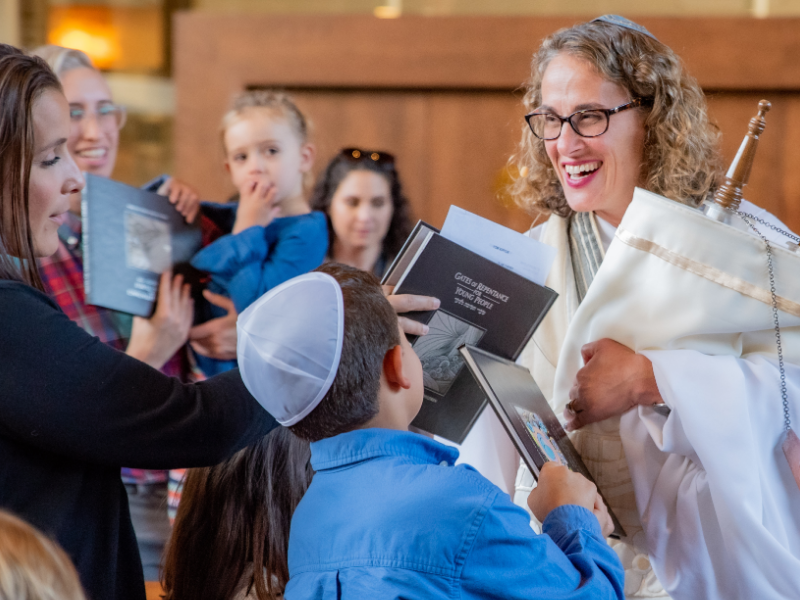Jewish Food for Thought is a series of animations that distill Jewish teachings into a form that is accessible, entertaining, funny, and fresh. Created by Hanan Harchol, with study guides authored by Rabbi Leora Kaye, the project is funded by The Covenant Foundation, with fiscal sponsorship by The Foundation for Jewish Culture.
You Can Dance (Theme: Gratitude)
What is the relationship between gratitude and happiness? Why is gratitude so important? And, what does religion have to say about it? Does Judaism say anything unexpected?
Study Guide
Although Judaism has endured its share of challenges as a religion, culture, and community, its traditions and teachings emphatically promote gratitude. It is too easy, Jewish sources say, to fall back on the simple route of being dissatisfied with life and focusing on what you lack. True gratitude requires an honest accounting of what you do have, an accounting of which, Judaism argues, will allow you to acknowledge the blessings which are a part of your life. Woven into thousands of years of Jewish thought is the overriding idea that taking time to recognize what you have in life is one of the uniquely beneficial rituals we can undertake.
As this episode begins, Hanan and his father each approaches the very human experience of comparing what one has to what others have, but they do so from two very different places. Hanan’s father can’t seem to see beyond his feelings of envy, while Hanan tells his father over and over again to “be grateful.” Gratitude, Hanan tries to explain, can offer more than his father might think.
First, Hanan says, gratitude will enable his father to not only have enough, but to have more than enough. Second, being grateful will force his father to stay in the reality of the present moment and benefit from the actual experience of life instead of living in the “reality of expectations.” And, third, Hanan points out that there is a connection between humility and being grateful.
Being Grateful – How to have not just enough, but more than enough
Hanan begins his conversation with his dad by referring to a classic Jewish folktale. The “goat story” is his first attempt to help his father take stock of what he actually has instead of what he thinks he lacks. By doing so, his father might find he is more than satisfied with his current situation.
Hanan’s telling of this story echoes ideas in classic Jewish teaching. One of the most recognized and quoted texts in Jewish thought is Pirke Avot. Full of aphorisms that teach about the potential for living a more fulfilled life, Pirke Avot (written around the year 200 CE) offers the following:
Who is rich? Those who rejoice in their own portion
Pirke Avot 4:1
- While this is a seemingly simple statement, what is the deeper meaning? Do you find that it is difficult to be grateful for what you have? What would make it easier to acknowledge the good things in your life?
- How realistic is it to always be grateful for the good things in your life? What gets in the way of gratitude?
- How do you acknowledge the things you value in your life, and how often?
- Do you often think about the things you lack rather than acknowledging the things you do have?
- Is there a difference between simply recognizing what you have and being grateful for what you have? If so, what is the nature of the difference?
- It is easy to fall into the trap of comparing yourself to others. How can being grateful help establish a sense of not only having enough, but having more than enough?
- What are the benefits of acknowledging the good things in your life more frequently?
- Are you more like Hanan or his father in relating to the goat story? Who responds more honestly?

